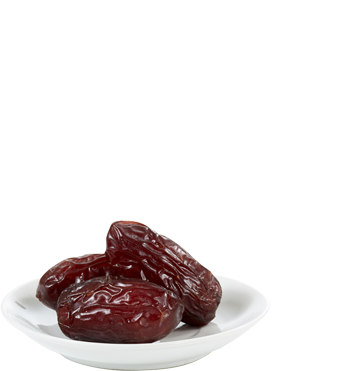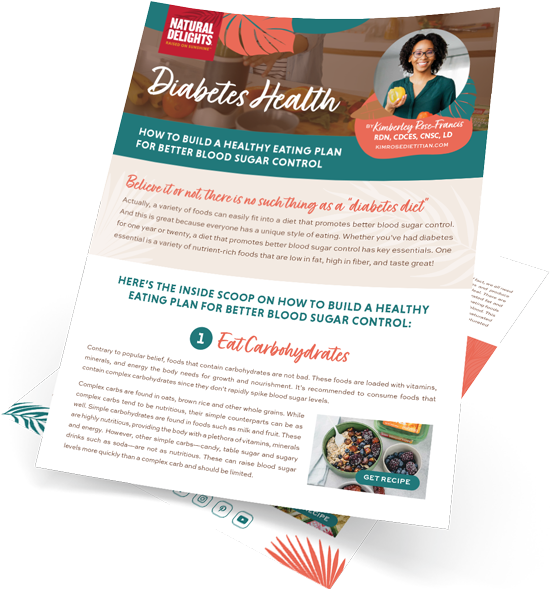All statements on this page have been written and peer reviewed by registered dietitians. All statements are made by that of the author as an expert in health sciences and not by Natural Delights as a company.
Diabetes is a condition that affects how your body converts food—specifically carbohydrates—into energy. Consequently, diabetes results in high blood sugar.


According to the Center of Disease Control and Prevention (CDC), there are 3 main types of diabetes:
Type 1 Diabetes is an autoimmune condition. It is characterized by the destruction of beta cells in the pancreas. These beta cells are responsible for making insulin, which helps to lower blood sugar levels.
Type 2 Diabetes is a condition in which your body does not use its own insulin supply well. The majority of people who have diabetes, have this type of diabetes.
Gestational Diabetes is a type of diabetes that is specific to women. It usually occurs during the 3rd trimester of pregnancy.
There are many myths surrounding what you can and cannot eat with diabetes.
Let's explore a few popular ones here:
Contrary to popular belief, there is no such thing as a "diabetes diet." All foods fit into a diabetes-friendly regimen. As a matter of fact, a healthy diet for people with diabetes is nearly the same as a healthy diet for someone without diabetes.
While it is true that fruits contain varying amounts of carbohydrates, look at the big picture. Fruits are also filled with vitamins, minerals, and fiber, which can help maintain healthy blood sugar levels.
Whether you have type 1 or type 2 diabetes, both conditions cannot be transferred from one person to another. You cannot catch it because it is not a virus, bacteria, fungi or a parasite. Here's why:
Type 1 Diabetes is an autoimmune condition. This means the body accidentally attacks itself, specifically the insulin producing cells of the pancreas. Insulin functions as a lock and key. It allows carbohydrates, which are broken down into sugar, to get inside your cells, where it is used for energy. When the body attacks itself, carbohydrates cannot be transformed into energy.
Type 2 diabetes is a little different. In type 2 diabetes your body doesn't make enough insulin or does not use insulin well. This is known as insulin resistance. According to the CDC, if you are at least 45 years old, have a family history of diabetes, are physically inactive, diagnosed with prediabetes, and/or have a history of gestational diabetes, this may put you at a higher risk of developing type 2 diabetes. Even though these risk factors increase your chances, a type 2 diagnosis does not have to be your destiny. A healthy diet and increased movement are some modifications you can make to reduce your risk.
The glycemic index (GI) specifically measures how foods that contain carbohydrates impact blood sugar numbers.
The GI contains three distinct categories: low, intermediate and high ranking foods.

Low GI foods have values of 55 or less. Examples of these foods include skim milk, green peas, dates and blueberries.
Intermediate GI foods have values anywhere between 55-70. Examples of these foods include corn, multigrain bread and sweet potatoes.

High GI foods have values of 70 or higher. Examples of these foods include white rice and packaged breakfast cereals.
Snacking is acceptable with diabetes. There are times when you need to refuel in between meals, or enjoy something sweet or savory.
It's important to consider combining carbohydrates with a fat, fiber and/or a protein source for balanced and complete nourishment.
Examples of diabetes-friendly snacks that contain fiber (from carbs), fat, and protein include:

These statements have not been evaluated by the Food and Drug Administration. This product is not intended to diagnose, treat, cure or prevent any disease.